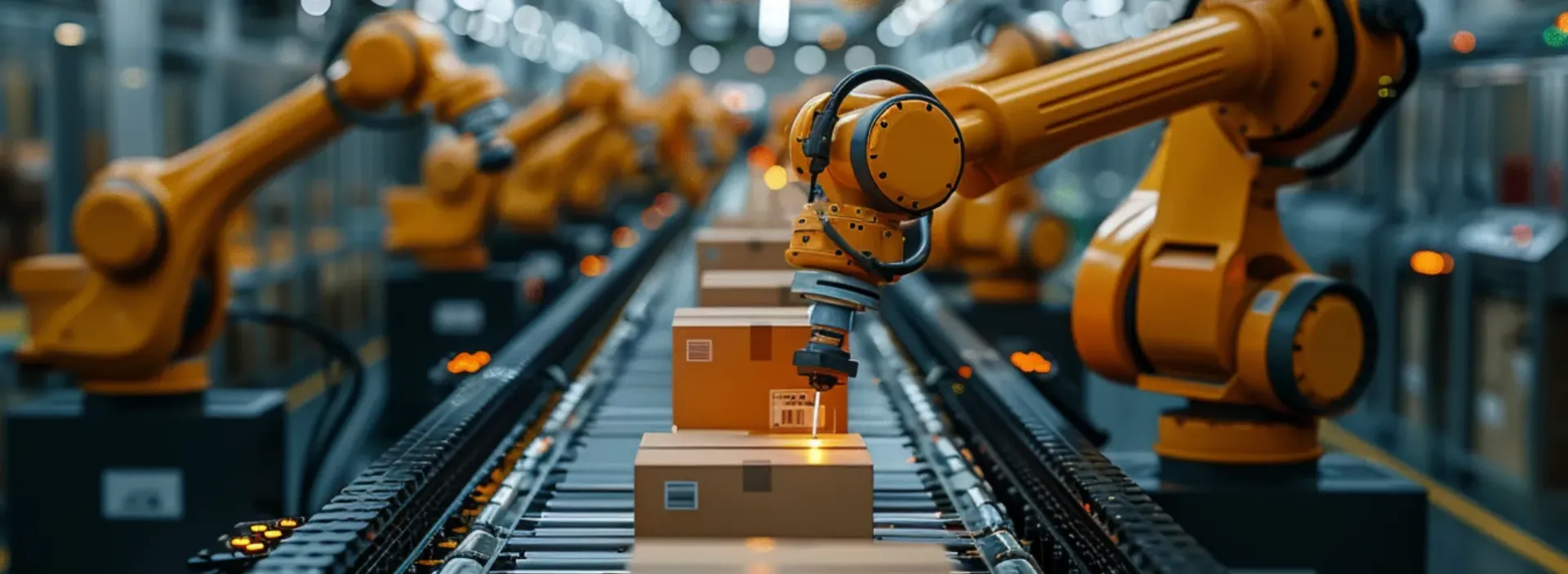
Industrial machinery, from steam engines to modern robotics, has significantly shaped our industries and daily lives, making the world we know possible.
The Industrial Revolution began in the late 18th century with the invention of the Steam Engine by James Watt, which replaced manual labor with machine-based work, transforming societies from agrarian economies to industrial powerhouses. Early innovations like spinning jenny and power looms reshaped industries, laying the groundwork for more sophisticated machinery and complex manufacturing processes.
The late 19th and early 20th centuries saw a significant shift in industrial machinery due to the widespread adoption of electricity. Thomas Edison and Nikola Tesla played a pivotal role in harnessing electricity for industrial use, enabling factories to operate around the clock, increase production rates, and create assembly lines. This era streamlined production, making goods more affordable and accessible, paving the way for modern industrial practices.
In the latter half of the 20th century, automation and robotics started to revolutionize industrial machinery. The integration of computers and microprocessors allowed machines to perform tasks with pinpoint accuracy and consistency. Robots could work tirelessly, without the fatigue or error rates associated with human labor. This technological leap led to the development of smart factories, where machines and robots work in harmony, controlled by sophisticated software systems. The automotive industry, again a pioneering field, adopted robotic arms for tasks such as welding and painting, vastly improving efficiency and product quality. Today, industries ranging from food production to pharmaceuticals rely on automation to meet high standards and strict regulations.
Industrial machinery has had a profound impact on global economies. It transformed the modes of production, created new industries, and significantly boosted productivity. Countries that adopted these technologies early on became industrial powerhouses, driving global trade and economics. The machinery enabled mass production, leading to cheaper goods and a higher standard of living. Job creation in various sectors, from manufacturing to maintenance of the machinery itself, added to economic growth. Additionally, the efficiency gains allowed for more competitive markets, driving innovation and technological advancements. Nations like the USA, Germany, and Japan thrived, showcasing the huge economic benefits of embracing industrial machinery.
While industrial machinery brought numerous benefits, it also posed environmental challenges. Early factories were notorious for polluting air and water. The reliance on coal and other fossil fuels led to significant carbon emissions, contributing to global warming. Over time, however, there has been a growing emphasis on sustainability. Modern industrial machinery incorporates eco-friendly designs and uses renewable energy sources wherever possible. Regulations and technological advancements have led to the development of more efficient machines that consume less energy and produce fewer emissions. Recycling and waste management systems have also been integrated into industrial processes to minimize environmental impact. The journey towards green industrial machinery is ongoing and crucial for future sustainability.
The ongoing evolution of industrial machinery has been heavily influenced by advances in materials science and manufacturing techniques. Traditional materials like iron and steel have been augmented or replaced with lighter, more durable options such as aluminum and advanced composites. These materials improve machine efficiency and longevity. Furthermore, manufacturing techniques such as 3D printing, also known as additive manufacturing, have revolutionized prototyping and production. This method allows for the creation of complex and customized parts that were previously impossible or very expensive to make. Such innovations continue to push the boundaries, making industrial machinery more versatile and adaptable to various needs and applications.
The future of industrial machinery is poised to be even more transformative with the advent of technologies like artificial intelligence (AI) and the Internet of Things (IoT). AI can optimize production processes, predict maintenance needs, and improve decision-making by analyzing vast amounts of data. IoT, on the other hand, allows machines to communicate with each other, creating highly efficient, interconnected systems. These smart factories will be more responsive to changing demands, leading to even greater efficiency and productivity. Furthermore, advancements in renewable energy will likely lead to more sustainable industrial practices. The future holds immense potential for continued innovation in industrial machinery, promising to shape the industry in ways we are only beginning to imagine.
Industrial machinery will continue to be a cornerstone of our advancements, driving progress in various sectors and improving our quality of life. The journey so far has been remarkable, and the future promises to be even more exciting.